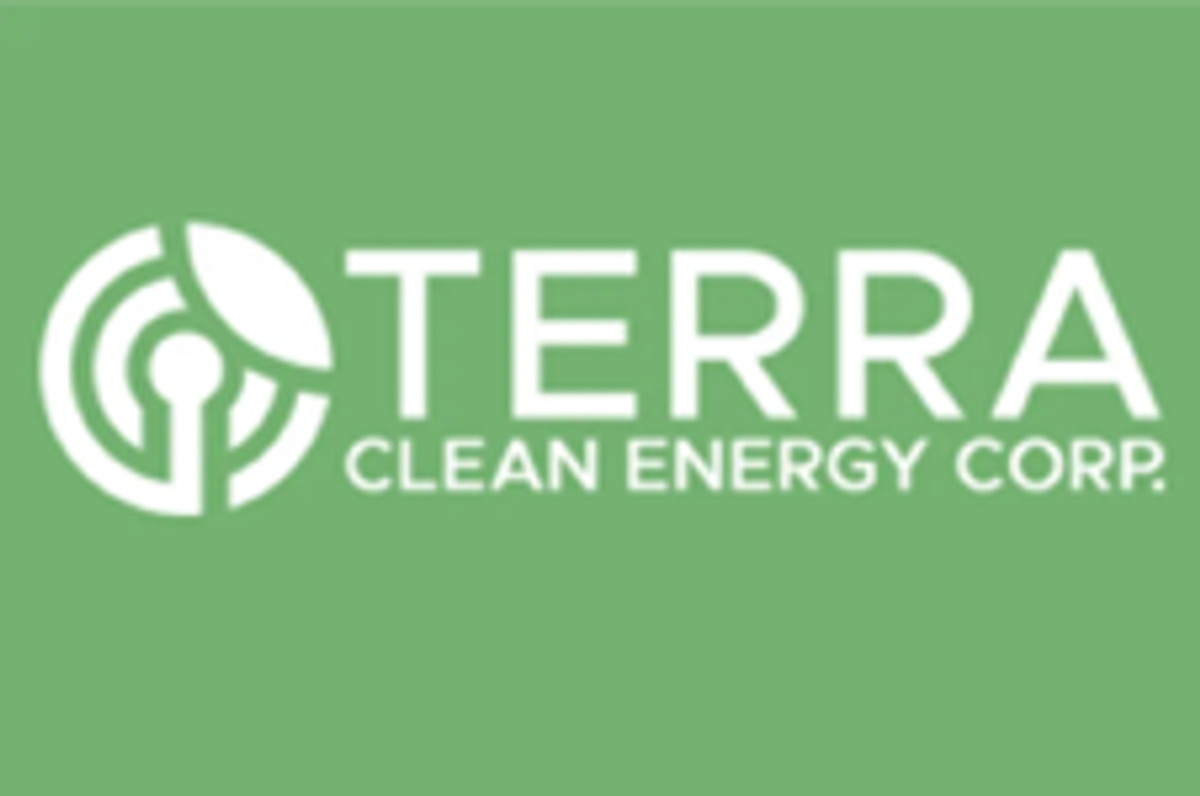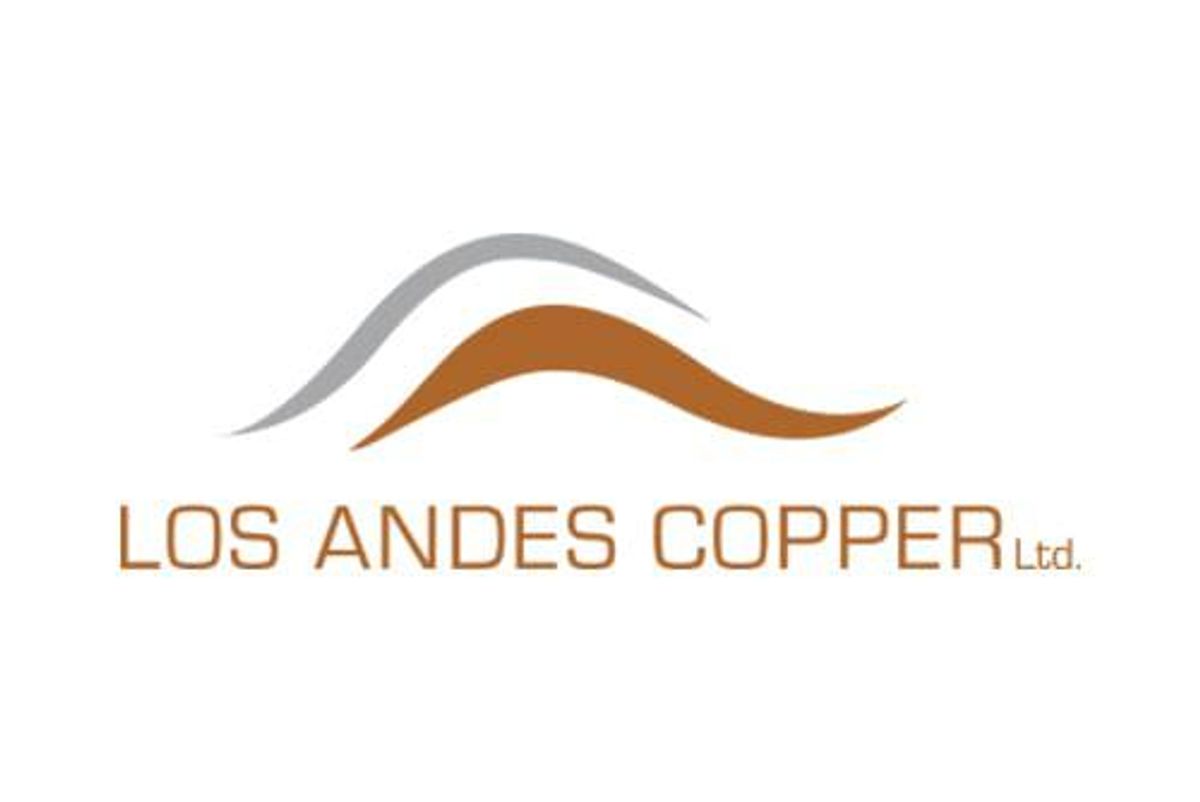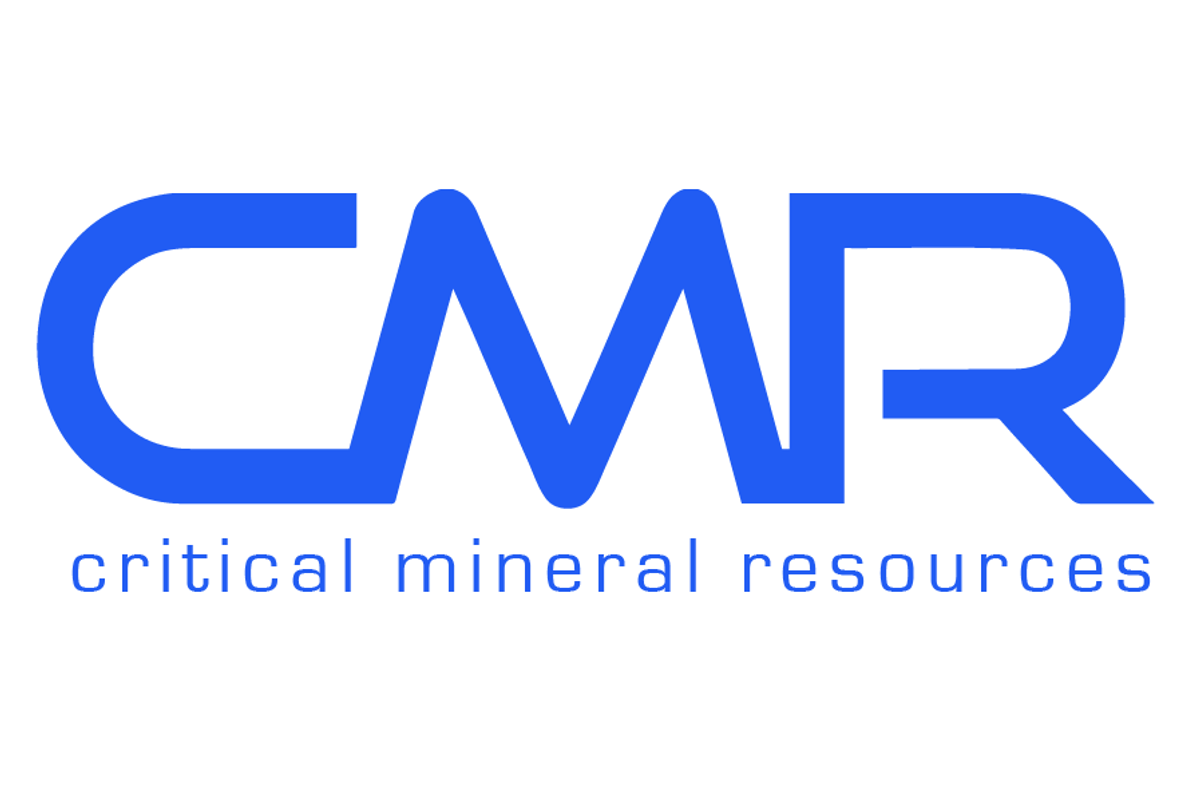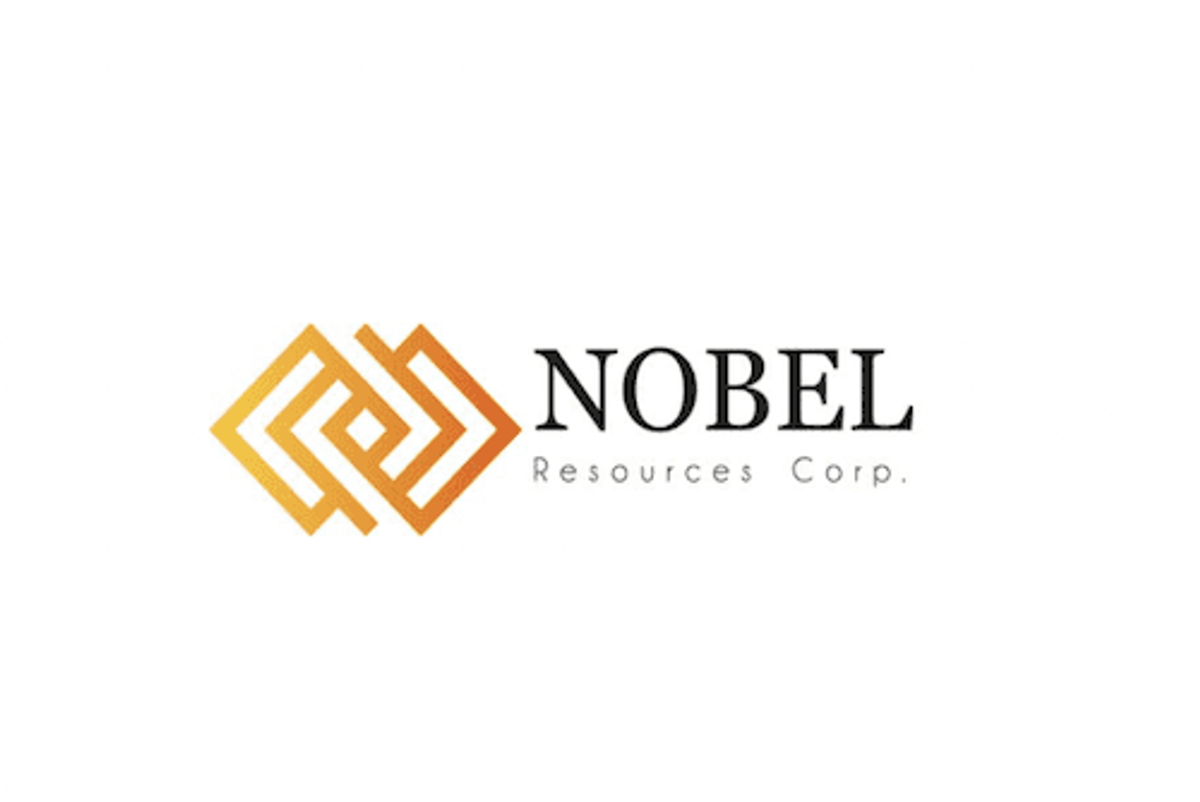
December 22, 2022
American West Metals Limited (American West Metals or the Company) (ASX: AW1 | OTCQB: AWMLF) has today issued 13,697,832 listed options exercisable into fully paid ordinary shares at $0.20 each on or before 20 September 2024(“Listed Options”) to various institutional, sophisticated and professional investors pursuant to completion of the placement announced to the market on 1 November 2022.
The 13,697,832 Listed Options have been issued in accordance with shareholder approval received on 14 December 2022.
The Listed Options are part of a class of securities quoted on the Australian Securities Exchange Limited (“ASX”) under code ‘AW1O’ and will rank equally with existing listed options on issue in that class.
The Company gives this notice pursuant to Section 708A(5)(e) of the Corporations Act 2001 (Cth) (“Act”) that:
(a)the Listed Options were issued without disclosure to the investors under Part 6D.2 of the Act;
(b)as at the date of this notice the Company has complied with the provisions of Chapter 2M of the Act as they apply to the Company;
(c)as at the date of this notice the Company has complied with section 674 of the Act; and
(d)as at the date of this notice, there is no information to be disclosed which is excluded information (as defined in Section 708A(7) of the Act) that is reasonable for investors and their professional advisers to expect to find in a disclosure document.
Approved for release by the Board of American West Metals Limited.
Click here for the full ASX Release
This article includes content from American West Metals Limited, licensed for the purpose of publishing on Investing News Australia. This article does not constitute financial product advice. It is your responsibility to perform proper due diligence before acting upon any information provided here. Please refer to our full disclaimer here.

Sign up to get your FREE
Terra Clean Energy Investor Kit
and hear about exciting investment opportunities.
- Corporate info
- Insights
- Growth strategies
- Upcoming projects
GET YOUR FREE INVESTOR KIT
The Conversation (0)
10h
Terra Clean Energy
Advancing an expansive uranium landholding in the prolific Athabasca Basin and past-producing uranium districts in the United States
Advancing an expansive uranium landholding in the prolific Athabasca Basin and past-producing uranium districts in the United States Keep Reading...
15h
Copper Price Hits All‑time High on Supply Constraints and Trade Fears
The copper price climbed to a fresh record on Tuesday (January 6), with persistent supply disruptions and trade uncertainty pushing the metal to a nearly 30 percent rally since October.Benchmark three month copper on the London Metal Exchange (LME) rose as much as 3.1 percent in early trading to... Keep Reading...
17h
Company owned drill rig - first drill hole completed
Critical Mineral Resources plc (“CMR”, “Company”) is pleased to report that its newly commissioned diamond drill rig has successfully produced its first core from Zone 1 North, marking an important operational milestone and supporting the next phase of exploration and project advancement.The... Keep Reading...
23h
First Diamond Drill Program Commences at Nobel's Flagship Cuprita Copper Project, Antofagasta Region, Chile
Nobel Resources Corp. (TSX V: NBLC) (the "Company" or "Nobel") is pleased to announce commencement of mobilization by the Company's diamond drill contractor to the Cuprita copper project ("Cuprita" or the "Project") and drilling will commence during the week of January 12th. All necessary... Keep Reading...
05 January
Nine Mile Metals Announces Private Placement of up to $4 Million
Nine Mile Metals Ltd. (CSE: NINE,OTC:VMSXF) (OTC Pink: VMSXF) (FSE: KQ9) ("Nine Mile" or the "Company") is pleased to announce a private placement of up to 21,052,632 units (the "Units") at a price of $0.19 per Unit for aggregate gross proceeds of up to $4,000,000 (the "Offering").Each Unit is... Keep Reading...
Latest News

Sign up to get your FREE
Terra Clean Energy Investor Kit
and hear about exciting investment opportunities.
- Corporate info
- Insights
- Growth strategies
- Upcoming projects
GET YOUR FREE INVESTOR KIT
Interactive Chart
Latest Press Releases
Related News
TOP STOCKS
American Battery4.030.24
Aion Therapeutic0.10-0.01
Cybin Corp2.140.00






